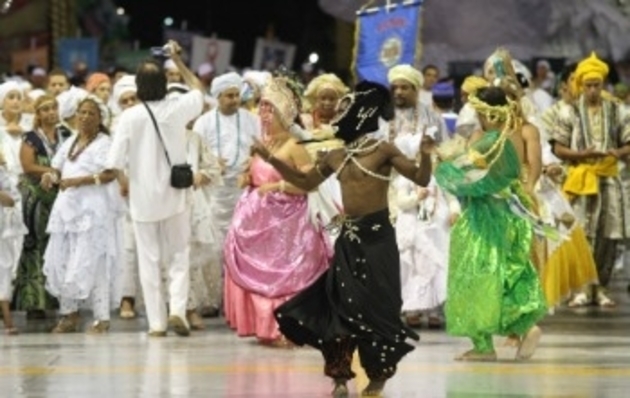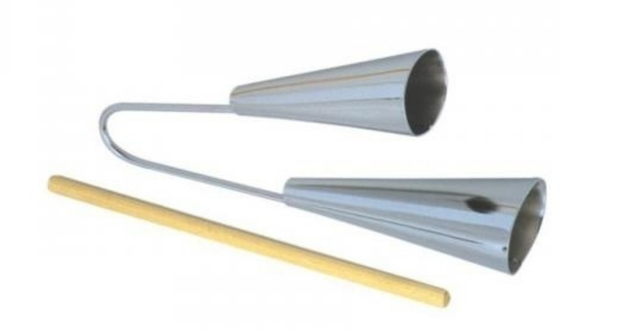Afoxé is the name of a popular manifestation of African origin, whose rhythm is the ijexá.
In addition to being the name of artistic expression, it is the name of the musical instrument used in this trait of Brazilian popular culture, typical of our folklore.
Present in Candomblé, the afoxé pays homage to an orixá. For this reason, it can be considered a street candomblé, and is even considered by some as a kind of Maracatu.
Loaded with religious influence, it is a procession that is part of the carnival, but should not be confused with a carnival block.
The afoxé helps to compose the cultural manifestations present at the Festa do Senhor Bom Jesus do Bonfim.
This party is considered intangible heritage of Bahia by the National Historical and Artistic Heritage Institute (IPHAN) and by UNESCO.
Characteristic of Bahia, afoxé is present in several Brazilian states, including Pernambuco, Maranhão, Rio de Janeiro and São Paulo.
afoxé dance
The afoxé dance originates from the rituals performed in the Candomblé terreiros.
Before the parade starts, the Eshu's pad, which is a ritual where the group's participants make offerings to Exu and ask him not to interrupt the carnival party.

Right after the ritual, the afoxé takes to the streets in procession.

Instruments of the afoxé
The afoxé, also known as agbe, consists of a gourd covered with a net made of beads that can be of various types and sizes.

This is not the only instrument used to give rhythm to the afoxé dance. She also has the drums It is like agogo, principally.
The atabaque consists of three drums, each with a different size. O agogo used, in turn, is formed by two metal bells, on which a stick is tapped to give a sound.


In addition to these two instruments, the shekere, Is it used. It consists of a kind of rattle very similar to the afoxé, however it is bigger.

Origin of the afoxé
Between 1894 and 1895 the afoxé was founded. The word afoxé means "the speech that makes" and is of origin yoruba, a large ethnic group from West Africa.
Afoxé Filhos de Gandhy
The Filhos de Gandhy group is one of the main groups in Afoxé.
Originally from Salvador, in the state of Bahia, and founded in the late 1940s, the group was created by Bahia stevedores. Thanks to him, the musical rhythm ijexá became popular.
The Children of Gandhy costume consists of a turban, clothes that symbolize Indian dress, and blue and white necklaces.
These necklaces are distributed throughout the parade as a way of transmitting peace.
An interesting fact about the costume is that it is scented with a lavender scent.

In Rio de Janeiro, there is a group whose spelling of the name is very similar (children of Gandhi), which was founded in the early 1950s.
Both groups are named after the Indian pacifist who fought for India's independence, Mahatma Gandhi (1869-1948).
afoxé characteristics
The main elements that define what the afoxé represents are the clothes, music and instruments.
Clothes
The clothing of the participants is highlighted. They contain the colors of the orixás.
songs
The songs are sung by all participants, harmoniously, in the language yoruba.
Instruments
The main instruments are the afoxé, you drums it's the agogo.
folklore quiz
Don't stop here! O All Matter selected a series of rich texts on folklore to help you broaden your knowledge.
- Umbanda: what it is, origin, orixás, dots and terreiro
- Brazilian folklore: legends, games, songs, dances and parties
- Brazilian Culture: everything you need to know
- African dances as a form of cultural communication
- Maracatu: characteristics and differences between nation and rural maracatu
- Congada: origin, dance and party
- Carimbó: origin, types, instruments, clothes, choreography and music
- History and origin of carnival

